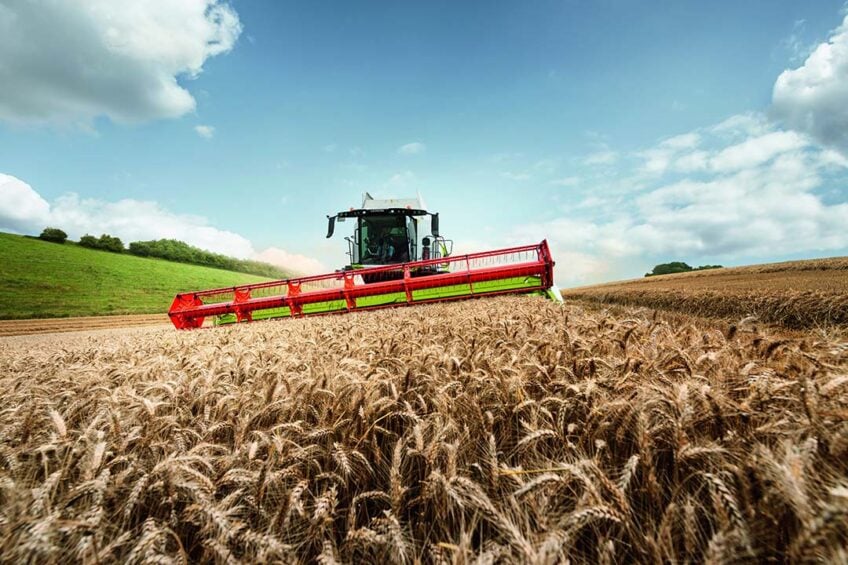‘Agricultural machinery breaks records with prices exceeding one million dollars each’

The agricultural sector finds itself grappling with a monumental challenge as prices for farm machinery and tractors soar, coinciding with governments intensifying their push for investments in climate and environmentally friendly technologies.
Inflation coupled with relentless technological progress has led to staggering price increases, with some machines now surpassing the million-dollar mark. For instance, the Nexat implement carrier enables 15-meter wide tramlines for Controlled Traffic Farming, preserving soil, but comes with a hefty price tag of over a million euros. Similarly, the LaserWeeder from Carbon Robotics, priced at an astonishing $1.4 million, utilizes AI and lasers to combat weeds without chemicals. Even flagship models like the Claas Lexion 8900 TerraTrac and John Deere X9 combines cross the million-dollar threshold with added options that enable buyers to harvest more efficiently with fewer resources.
Text continues below picture

Challenges faced by machinery manufacturers
While average price increases of 10% per year since 2020 might seem like record-breaking sales in the mechanization sector, it’s crucial to distinguish between revenue and profit. Many family-owned machinery manufacturers struggle to remain profitable due to escalating costs. In contrast, major players like Agco, CNH Industrial, and John Deere have profited significantly from price hikes, enjoying considerably higher profit margins. These corporations have also diversified into other sectors such as construction and landscaping machinery, further boosting their profitability.
Complex market dynamics and technological advancements
These price hikes are not arbitrary but are the result of complex market dynamics and technological developments that make machines and tractors increasingly smarter and intricate. The global disruption in machinery production caused by the Covid-19 pandemic further propelled prices upward. While there appears to be some stabilization in prices post-pandemic, pressure on the tractor and machinery market remains. Labor costs continue to be a significant factor, with wage expenses escalating swiftly in this labor-intensive industry.
Text continues below picture

Impact on farmers worldwide
The escalating prices of agricultural machinery pose a growing problem for farmers worldwide. High machinery costs and depreciation compel them to reconsider their replacement policies and operations. Small-scale farming operations, in particular, face mounting difficulties in making cost-effective investments to modernize their businesses, leading to financial stress and endangering their viability. Even for large farming enterprises, investing in sustainable new technologies is a challenge. Complex laser weeders or autonomous robots pose additional risks regarding their durability compared to standard equipment or tractors. If suppliers go bankrupt and servicing and maintenance disappear, what remains of the millions invested may only fetch the price of scrap metal.
Farmers under pressure from two sides
In conclusion, the agricultural machinery industry is at a critical juncture, with soaring prices reshaping the landscape for both manufacturers and farmers. Addressing the affordability and accessibility of vital farming equipment becomes imperative for the future of agriculture, especially at a time when governments worldwide are increasing pressure on farmers to invest in technologies that make food production more environmentally friendly.
Join 17,000+ subscribers
Subscribe to our newsletter to stay updated about all the need-to-know content in the agricultural sector, two times a week.



